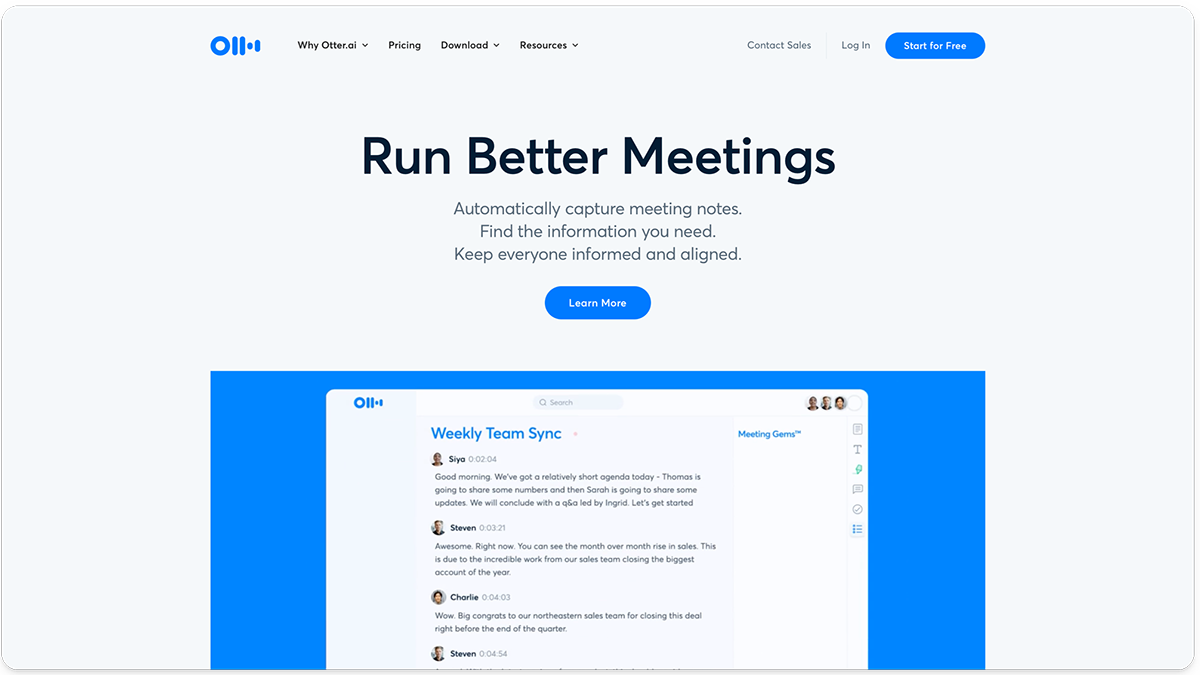The Future of Note-Taking: AI-Powered Note-Taking Solutions
In today’s fast-paced world, effective Note taking ai is a skill that can make a significant difference in personal and professional success. Traditional note-taking methods, such as pen and paper or digital notepads, have served us well for generations. However, with the rapid advancement of artificial intelligence (AI) technology, a new era of note-taking is dawning. AI-powered note-taking solutions are revolutionizing the way we capture, organize, and access information. In this blog post, we will explore the exciting world of note-taking AI and its potential to enhance productivity and streamline our lives.
The Rise of Note-Taking AI
Artificial intelligence has been making inroads into various aspects of our lives, from self-driving cars to healthcare diagnostics. Note-taking is no exception. AI-powered note-taking tools leverage machine learning algorithms to assist users in creating, managing, and retrieving notes more efficiently.
- Automated Transcription One of the most significant advantages of AI in note-taking is automated transcription. With the help of advanced speech recognition technology, AI can convert spoken words into text with remarkable accuracy. This is particularly useful for students, professionals, and journalists who need to transcribe lectures, interviews, or meetings quickly and accurately.
- Voice-to-Text Conversion AI-powered note-taking solutions also allow users to dictate their notes verbally, and the AI converts their speech into written text. This feature is not only convenient but can also improve accessibility for individuals with disabilities.
- Summarization and Highlighting AI can analyze and summarize lengthy documents or recordings, helping users distill essential information more efficiently. It can also automatically highlight key points, making it easier for users to focus on critical details.
- Organization and Search AI can categorize and organize notes based on keywords, topics, or themes, making it easier to locate specific information when needed. Advanced search functionalities enable users to retrieve notes quickly, even from a vast repository.
- Contextual Insights Some AI note-taking tools can provide contextual insights by analyzing the content of notes. For example, they can suggest related articles, resources, or even provide recommendations based on the notes’ content.
Applications of Note-Taking AI
AI-powered note-taking solutions have a wide range of applications across various domains:
- Education In the education sector, students can benefit from AI-powered note-taking tools for transcribing lectures, summarizing textbooks, and creating study guides. These tools can help students streamline their learning process and improve their retention of information.
- Business Professionals can use note-taking AI to record and summarize meetings, manage their to-do lists, and organize project-related information. This can lead to more productive and organized workdays.
- Healthcare Medical professionals can use AI-powered note-taking to transcribe patient consultations and streamline medical record-keeping. This can improve accuracy and reduce administrative burdens.
- Journalism Journalists can benefit from AI tools for transcribing interviews and speeches, allowing them to focus on content creation and analysis rather than manual transcription.
Challenges and Considerations
While note-taking AI has tremendous potential, there are also some challenges and considerations to keep in mind:
- Privacy and Security Transcribing and storing sensitive information via AI may raise privacy and security concerns. Users must ensure that their data is protected and compliant with relevant regulations.
- Accuracy AI-powered transcription and summarization are continually improving but may still have occasional errors, particularly with complex or specialized vocabulary.
- Dependency Overreliance on AI for note-taking may discourage the development of essential cognitive skills, such as critical thinking and active listening.
